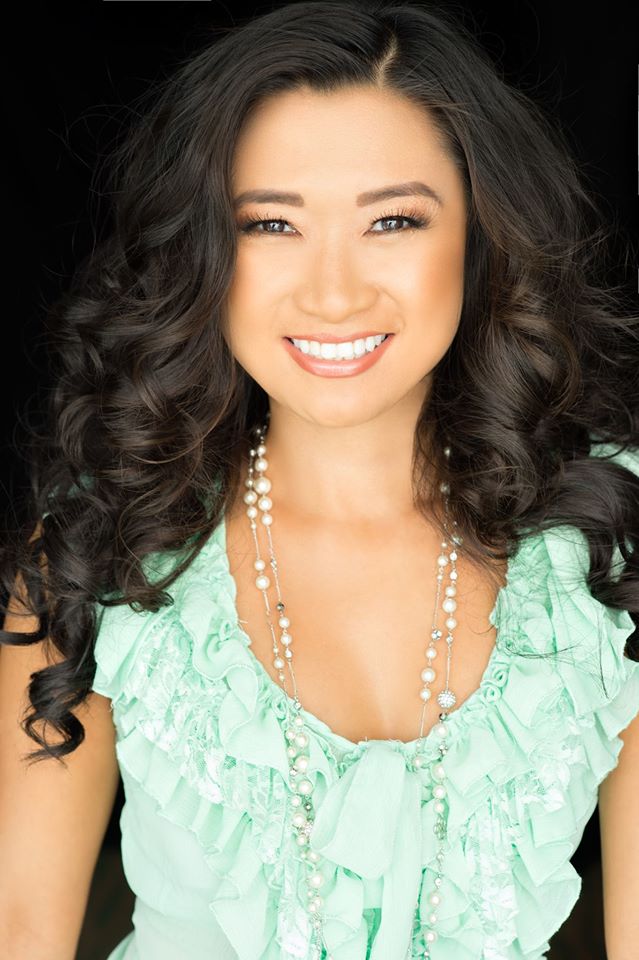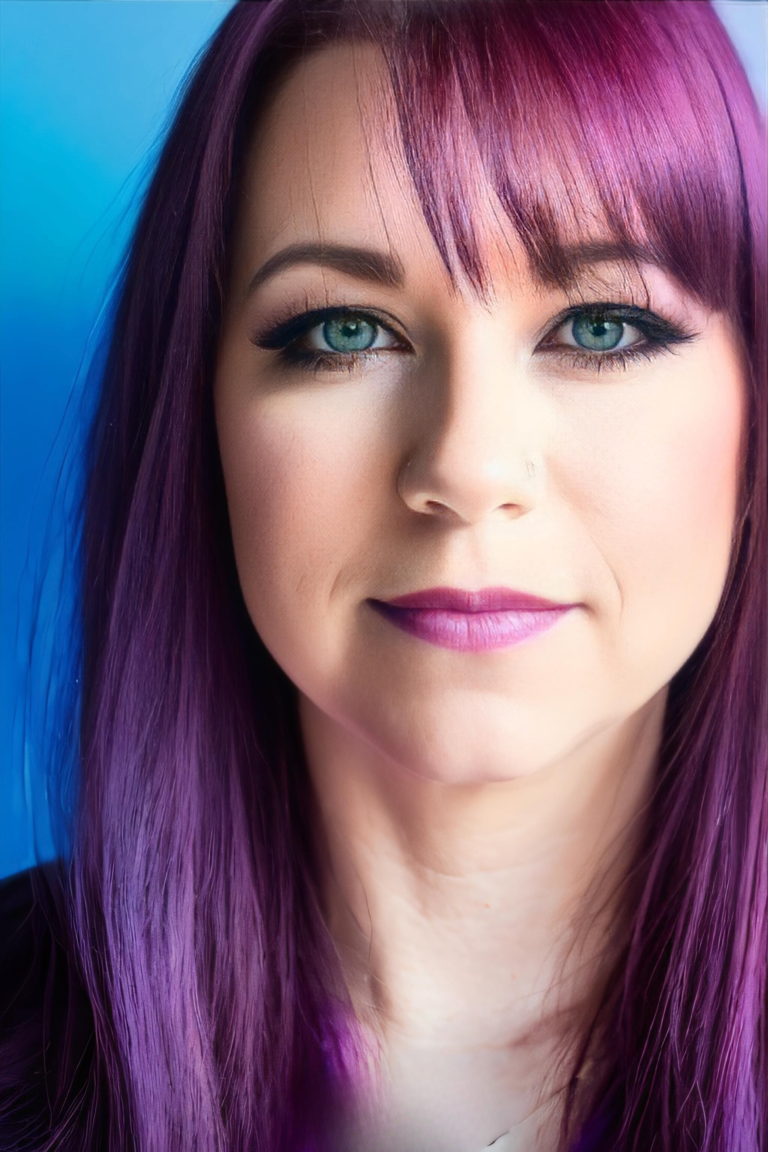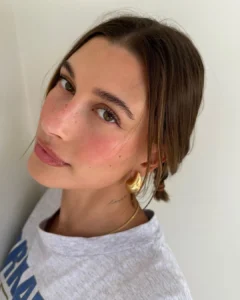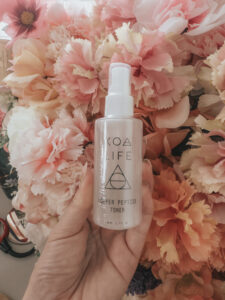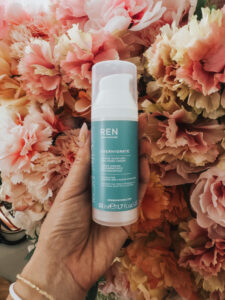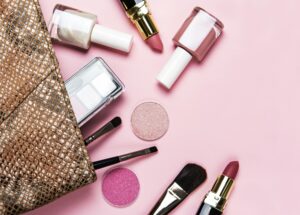When those first glistening silver strands appear, it can stop many in their tracks as they grapple with questions around dyeing or letting nature take its course. But gray hair, with proper care, can be just as stunning and healthy as any other shade. This guide covers everything you need to know to rock gorgeous grays with confidence.
Demystifying Gray Hair
Gray hair results from reduced melanin production in hair follicles as we age. Rather than individual strands “turning gray,” each new hair that grows in lacks pigmentation. Graying typically begins in our 30s and 40s, starting at the temples and spreading across the head over time.
While genetic factors determine when and how quickly we go gray, factors like stress and smoking may accelerate the process. Despite myths around linkages with vitamin deficiencies, studies show nutrients play a minor role.
Knowing the source of your silver surfer status can empower you to make healthy decisions and stop stressing over those telltale strands.
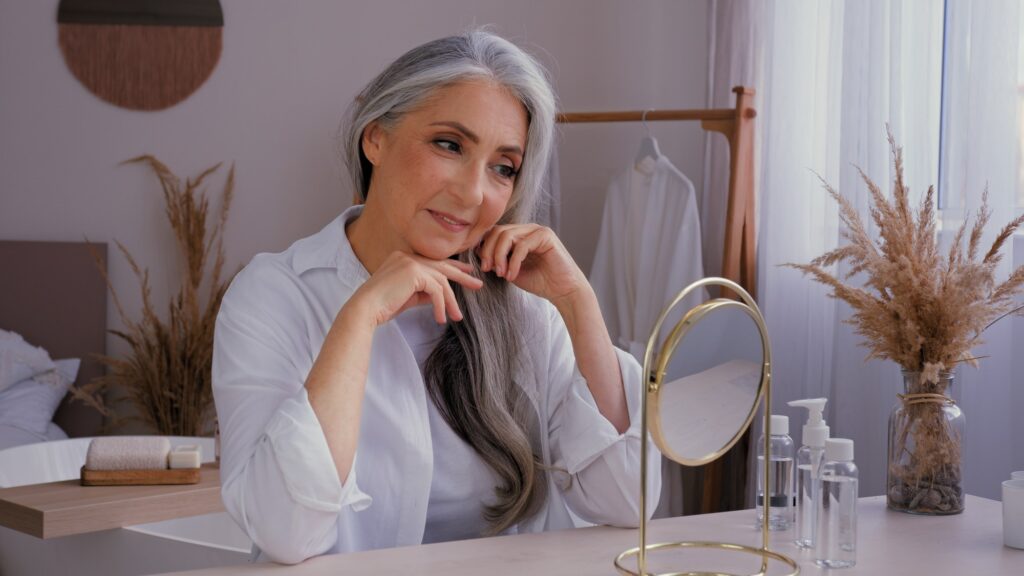
The Benefits of Going Gray
Beyond imparting a sophisticated salt-and-pepper look, embracing gray hair has tangible benefits.
Saves time and money on dyeing – From touch-ups to grow-out to chemical processing, dyeing hair eats up costly time and money. Letting your grays come in relieves this burden.
Appreciating natural beauty – Gray hair allows your God-given colors to shine through. There’s an effortless confidence to be found in appreciating yourself at every age.
It’s on-trend – From Instagram to the runway, prominent people are celebrating their natural grays now more than ever. Join the revolution by flaunting your full color spectrum.
Healthier hair – Frequent dyeing and bleaching can damage hair over time, causing dryness, brittleness and breakage. Give your locks a break by going au naturel.
Caring for Gray Hair – Shine On!
Healthy, vibrant gray hair requires targeted care and maintenance. But with some simple tweaks to your hair care routine, your silver strands can steal the show.
Wash thoroughly – Regular shampooing is key for gray hair to prevent yellow discoloration from product buildup, pollutants, minerals in water, and even scalp oils. But beware of overwashing, which strips healthy oils. Find your ideal balance.
Use purple shampoo – Purple shampoo is a must for brightening gray hair and neutralizing brassy, yellow tones. The color combats yellow in a way our eyes perceive as more vibrant silver. Apply once a week for best results.
Condition, condition, condition – Conditioner adds back moisture, smoothness and shine by depositing fatty alcohols, proteins, silicones and other nutrients onto each strand. This helps repair damage from washing, styling, environmental factors and aging.
Mask once per week – Hair masks provide an extra moisture blast to restore luster and strength. Focus masks on the mid-lengths and ends of hair for deeper penetration.
Gently detangle – Work knots out gradually with a wide-tooth comb, brush or wet brush from ends to roots while hair is coated in conditioner to prevent snapping and pulling.
Protect from chlorine – Chlorinated water can yellow gray hair over time. Before swimming, coat hair with conditioner or a special chlorine-barrier product. Follow up by washing with a clarifying shampoo.
Style thoughtfully – Heat styling too frequently can parch gray hair. Allow hair to air dry when possible, and apply a thermal protectant beforehand when you do style with hot tools. Avoid over-brushing, too.
Consider gloss treatments – Clear hair gloss adds shine and tone by depositing semi-permanent pigment into the hair shaft. Glosses help scalp oils spread down strands more evenly for a luminous effect while smoothing the cuticle.
Get regular trims – Schedule a trim every 6 to 8 weeks to snip split ends before they travel up the hair shaft and cause breakage. This helps hair look and feel healthier.
Address thinning – Gray hair is more susceptible to thinning as we age. Counteract with volumizing styling products, scalp massages to boost circulation, a healthy diet and supplements like biotin and collagen.

Know when to ditch the dye
If you color your hair, you may reach a point when you consider letting your gray grow out. However the transition can be awkward and lengthy. Get tips on going gray gracefully.
Grow out roots entirely – When gray roots become obvious, resist touching them up. Continued dying keeps you trapped in the cycle. Commit to quitting and let nature run wild.
Transition with highlights – To gradually introduce gray, ask your colorist for subtle lowlights or highlights around your face. Over time, shift to more dramatic foils for a blended look. This is the technique I am using.
Crop into a pixie or bob – Chopping long hair shorter removes overgrown dyed ends for a fresh grow-out. Couple with edgy layers and tousled texture.
Use root touch-up powders – Temporary root concealers like colored dry shampoo help mask the line of demarcation as dyed hair transitions to gray. Target just the roots and brush out excess.
Fake the fullness – As gray hair grows out, it can seem thinner. Boost volume styling tricks like back-combing, texturizing sprays and volumizing clips until locks catch up.
Experiment with fun colors – If you’re struggling to abandon dye altogether, try an unexpected pastel pink, blue or purple hue. This eases into the spirit of accepting your true locks.
Rocking ageless beauty
While the phrase “going gray” sounds daunting, growing into your silver hair is an incredible opportunity. Choosing between hiding grays and displaying them is highly personal. Do what makes you feel empowered, stylish and comfortable in your skin – whether that means embracing natural gray or not. With the knowledge in this guide, your options are limitless.


